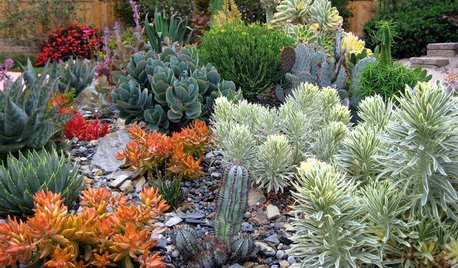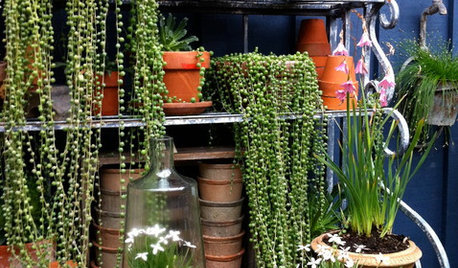Sand for propagation
vettin
13 years ago
Featured Answer
Sort by:Oldest
Comments (15)
elemire
13 years agoRelated Professionals
Canby Landscape Contractors · Concord Landscape Contractors · El Reno Landscape Contractors · Little Ferry Landscape Contractors · Plantation Landscape Contractors · View Park-Windsor Hills Landscape Contractors · Shenandoah Landscape Contractors · Harvey Swimming Pool Builders · Randolph Swimming Pool Builders · Orange County Siding & Exteriors · Plano Siding & Exteriors · Ramona Siding & Exteriors · Riverside Siding & Exteriors · Rochester Siding & Exteriors · West Elkridge Siding & Exteriorshartwood
13 years agokstrong
13 years agogreybird
13 years agohoovb zone 9 sunset 23
13 years agorev_roses
13 years agoyork_rose
13 years agopccrozat
13 years agoelemire
13 years agokstrong
13 years agoUser
13 years agojim_east_coast_zn7
13 years agopccrozat
13 years agoelemire
13 years ago
Related Stories

PLANTING IDEASWant a More Colorful, Natural Garden? Try a Perennial Meadow
Spend less time tending and more time taking in the sights by improving on Victorian and prairie garden designs
Full Story
GARDENING GUIDESA Beginner’s Guide to Growing Succulents
Their easy-care reputation is well-deserved, but a little TLC will turn succulents into star plants
Full Story
HOUSEPLANTSCascading Succulents Bring Fun Shapes to Your Indoor Garden
For eye-catching spillers with delicate beauty and minimal needs, it's hard to beat these 2 trailing houseplants
Full Story
GARDENING GUIDES6 Dependable Ground Covers for Warm Climates
Swap some lawn for these drought-tolerant clumping plants — and watch your maintenance efforts diminish while they easily grow
Full Story
GARDENING GUIDESHave Acidic Soil in Your Yard? Learn to Love Gardening Anyway
Look to acid-loving plants, like conifers and rhododendrons, to help your low-pH garden thrive
Full Story
HOUSEPLANTS8 Essentials for Healthy Indoor Plants
Houseplants add so much to our homes — and can thrive when grown in the right conditions. Keep these tips in mind
Full Story
SAVING WATERHouzz Call: Are You Letting Go of Your Lawn?
Many facing a drought are swapping turf for less thirsty plantings. If you’re one of them, we’d like to hear about it
Full Story
HOUSEPLANTSIndoor Winter Gardens for Cheerier Days
Bring plants inside for drab-days mood boosting — not to mention cleaner indoor air and protection for your greenery
Full Story
GREAT HOME PROJECTSHow to Replace Your Lawn With a Garden
New project for a new year: Lose the turfgrass for energy savings, wildlife friendliness and lower maintenance
Full Story
SHOWERSYour Guide to Shower Floor Materials
Discover the pros and cons of marble, travertine, porcelain and more
Full StoryMore Discussions











claferg zone 9a Fl